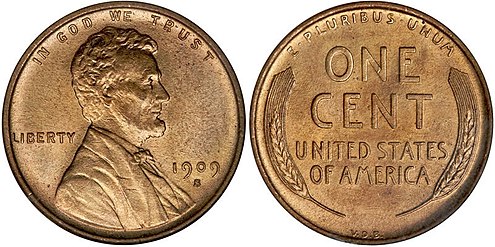OCTOBER 28, 2022 – (Cont.) “Honest to God,” Eagleton said, “I spent—everyone in Congress spent—more time trying to raise money than we spent actually doing the jobs to which we’d been elected. Then early one morning I was shaving, looking at myself in the mirror. I stopped shaving and stared at my face. And I said to myself, ‘I just can’t do it another day. I can’t go out there and ask for more damn money.’ That’s when I realized I had to retire from politics.” Eagleton stepped down from the Senate in 1986—back when the cost of a campaign was a fraction of what it is today.
According to the non-partisan OpenSecrets.org, this year’s mid-term Congressional races are expected to cost over $9.3 billion. I can think of many ways in which such a sum could be better spent than to elect “C students” to Green Grover Junior High Student Council (see my 10/25 post). What’s even more disturbing than the big-dollar figure, however, is that apart from administrative, fund-raising, and “unclassified” expenses, the bulk of the dough is used for “media buys”—for ads that offend all norms of civility and integrity.
Billions of bucks are thrown cynically, contemptuously at our democratic process. Yet not a single cent is earmarked for improving political discourse. To the detriment of our democracy, money talks, and the money says, “Americans aren’t swayed or motivated by meaningful discourse.”
What’s curious about all the money is that according to research conducted by faculty of Northwestern University’s Kellogg School of Management, “media buys” don’t actually change many votes. Negative ads, however, tend to be more effective than positive campaign spots. Thus, in close races, candidates, their parties, super-PACs, Congressional leadership, et alia, have an incentive to throw megabucks at negative advertising. The aim isn’t to influence broad swaths of the electorate but to move relatively few voters.
The foregoing research is bolstered by the work of UCLA political scientists John Sides, Lynn Vavreck, and Chris Tausanovitch, presented in their book, The Bitter End: The 2020 Presidential Campaign and the Challenge to American Democracy. They describe the American electorate as “calcified” more than ever; not simply polarized but immovable. Moreover, we’re in a political era marked by parity, meaning neither Reds nor Blues are likely to achieve a large majority in an election cycle or hold a majority for very long.
What all this suggests is that in 2024, more money than ever will be plowed into negative political campaign ads—to influence disproportionately few voters. And we will be no better informed than we’ve revealed ourselves to be in 2022. On its face, our cash still proclaims, “In God We Trust” and “E Pluribus Unum,” but now in circulation is the reality of our age: “We get what we pay for.” And what we get is an extravagantly expensive pile of cheap, nasty rhetorical nonsense that should have no currency in a healthy democracy.
(Remember to subscribe to this blog and receive notifications of new posts by email.)
© 2022 by Eric Nilsson
